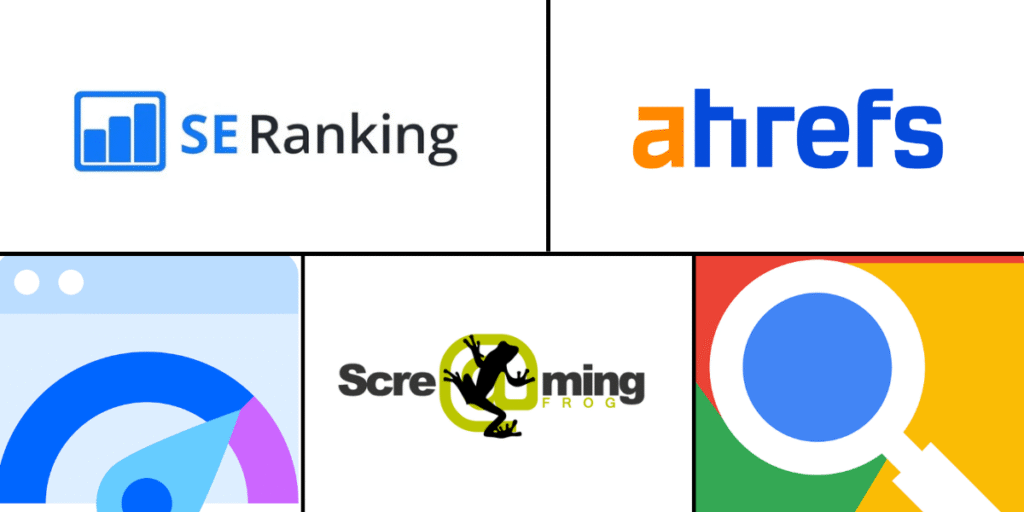For Businesses That Are Tired of Getting Outranked by Bigger Sites
Intro: The SEO Frustration Nobody Talks About
You Google your main keywords and there they are the same big-name brands sitting comfortably at the top of the page. They’ve got huge budgets, decades of backlinks, and content teams that never sleep. Meanwhile, your site? It’s well-built, trustworthy, and actually helpful… yet it’s stuck on page two or buried below.
If that sounds familiar, you’re not alone. And the good news? There’s a smarter way to win.
This guide shows you how to flip the script using topical authority not the outdated kind, but the evolved, AI-savvy strategy that Google respects in 2025.
Because today, small and mid-sized businesses can outrank the giants. You don’t need 100,000 backlinks or a massive budget. You need strategic depth, semantic clarity, and a site that proves you’re the most reliable source on your topic.
Let’s dive into how to build it step by step.

What Topical Authority Really Means in 2025
Forget the old “content cluster” playbook. Google’s understanding of topics has advanced massively thanks to AI and natural language processing (NLP).
Topical authority today = covering a subject in enough semantic depth, breadth, and structure that Google sees you as the go-to source.
It’s not just:
- Publishing 10 blogs around a keyword
- Adding a pillar page
- Sprinkling related terms
It’s now about:
- Semantic completeness: Are you covering all related entities and subtopics?
- Structural consistency: Is your content internally linked and contextually aligned?
- Information gain: Are you adding new value compared to what’s already ranking?
Why Topical Authority Beats High Domain Rating (With Examples)
Backlinks and DR still matter but they’re not enough.
Take this example:
- A local business publishes 45 pages covering every question, product, and comparison in their niche.
- They only have a DR of 18.
- They start appearing above national competitors with DR 60+.
Why? Because Google now rewards depth over domain strength especially in local or niche verticals where trust, clarity, and completeness can signal relevance faster than backlinks alone.
If you’re trying to beat big competitors, this is your advantage: you can go deep, fast, and focused. They can’t.
How to Find Weak Spots in Your Competitor’s Topical Coverage
You don’t need to outrank every page just cover the gaps they’re ignoring.
Here’s how to do it:
Step 1. Run a Screaming Frog crawl of their site. Export all URLs.
Step 2. Group by content type: blogs, categories, product pages, guides, etc.
Step 3. Use SE Ranking or Ahrefs to identify top-performing URLs. Filter out the noise.
4. Map keywords to topics. Are there obvious gaps? Missing subtopics? No comparisons? Weak guides?
5. Cross-reference with Google Search Console (your own). What semantically related queries are popping up that no one’s addressed yet?
Tools like AlsoAsked and SE Ranking’s Keyword Grouping feature help expose these clusters easily.
Full Framework for Building Topical Authority
Step 1: Start With a Topical Map
Use keyword tools, NLP APIs, and manual SERP reviews to build a visual map of your niche. Focus on:
- Core topics (e.g. “corner sofas”)
- Subtopics (e.g. “leather corner sofas”, “corner sofa vs L-shape”, “small corner sofas for flats”)
- Entity relationships (e.g. brands, materials, room types)
Step 2: Structure Your Site Around Topics
Your site architecture should reflect your topical depth:
- One main hub page per core topic
- Interlinked subpages that explore every angle (FAQ, comparisons, how-tos, reviews, specs, trends)
- Semantic HTML (H1s, H2s, schema, internal anchors)
Step 3: Interlink Like a Librarian
Use Screaming Frog’s crawl visualisation to:
- Identify orphaned pages
- Boost key hub pages with links from blog content
- Add breadcrumb trails and context-based links
Step 4: Prioritise Content Velocity
Google rewards momentum. Aim for:
- 2–5 pages per week on subtopics
- Strategic internal links added with each new page
- Regular updates to older content with fresh insights
Step 5: Optimise for Semantic Search
- Use NLP tools (e.g. Surfer’s NLP terms or GSC queries)
- Include related questions and answer variations
- Add FAQ schema and use structured data to cover multiple intents
SEO Workflows and Tool Stacks to Build Topical Depth

SE Ranking:
- Keyword grouping to build topical maps
- SERP history to monitor ranking volatility
- Competitive gap analysis (which pages they rank for but you don’t)
Screaming Frog:
- Identify thin content, crawl depth issues, and internal link gaps
- Audit H1s, page titles, word count, and response times
Google Search Console:
- Discover long-tail queries you already appear for
- Use the Performance tab’s query filter with regex to uncover semantic gaps (e.g. queries with 5+ words)
PageSpeed Insights:
- Improve UX signals like CLS, LCP, and FID
- Better page experience = higher rankings on content parity
How Google’s AI Overviews Have Changed the Game
With AI Overviews, Google is no longer just ranking pages it’s summarising the best, most semantically complete answers.
That means if your content isn’t:
- Clear
- Comprehensive
- Multi-intent (covers comparisons, pricing, pros/cons, etc.)
You won’t be featured.
To win:
- Include question-based subheadings
- Add structured data (FAQ, HowTo, Product)
- Make answers scannable, data-backed, and user-focused
BONUS: Building Brand Signals and E-E-A-T That Actually Matter
Topical authority works best when combined with trust and expertise.
Focus on:
- About and team pages with credentials
- Customer reviews, testimonials, and awards
- Branded searches (track them in GSC)
- Local signals: Google Business Profile, citations, local content
- Consistent NAP and schema across your site
The more signals you send that you are real, reliable, and recognised, the easier it is for Google to believe your content.
Final Checklist: Your Topical Authority Domination Plan
✅ Build a topical map using SE Ranking, Google, and NLP tools
✅ Create hub pages for each core topic
✅ Publish supporting content with smart interlinking
✅ Use Screaming Frog to fix structure, links, and content depth
✅ Optimise for AI Overview visibility (intent-rich, structured answers)
✅ Improve site speed and usability using PSI
✅ Track GSC queries to expand semantically
✅ Add E-E-A-T signals with real-world proof
✅ Monitor competitors, but double down on their weak spots
Need Help Implementing This?
If you’re ready to stop guessing and start growing with a proper SEO strategy, get a Free SEO Audit or book a 1:1 SEO Consultation with The Seed Sprout team.
We’ll show you where the gaps are and how to turn your site into the most trusted authority in your niche even if you’re going up against giants.
Let’s get your business the traffic and visibility it deserves.



